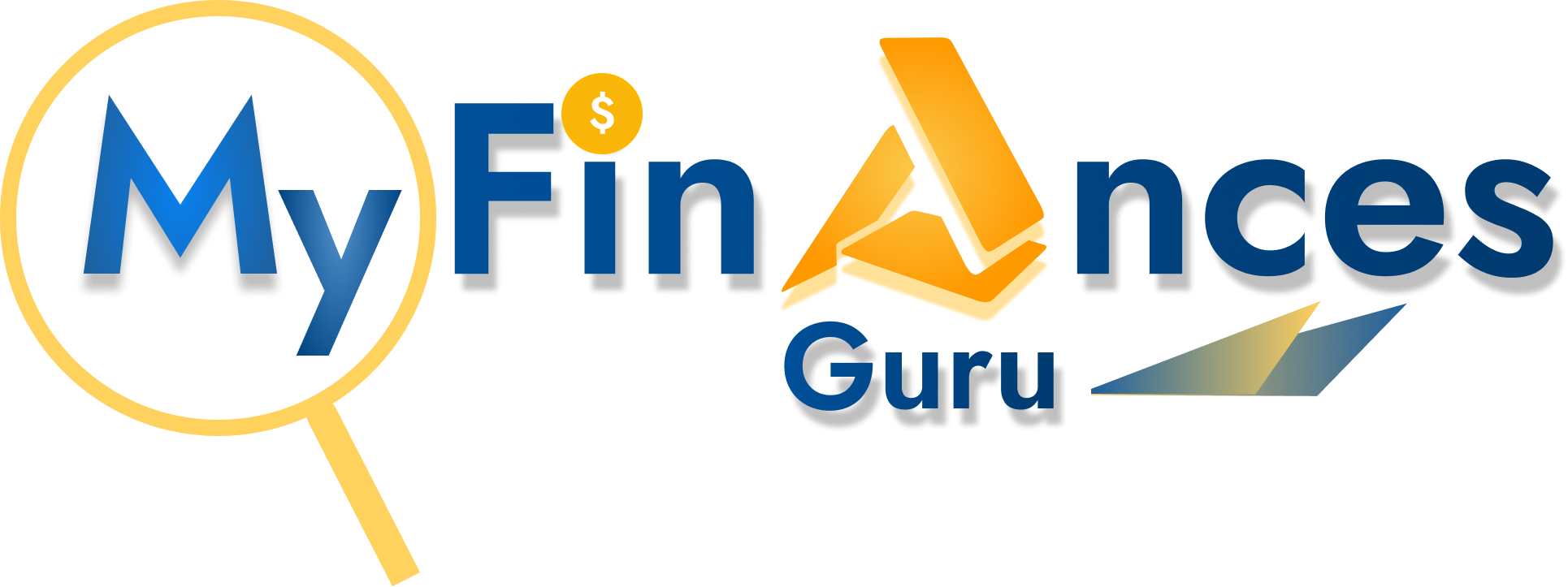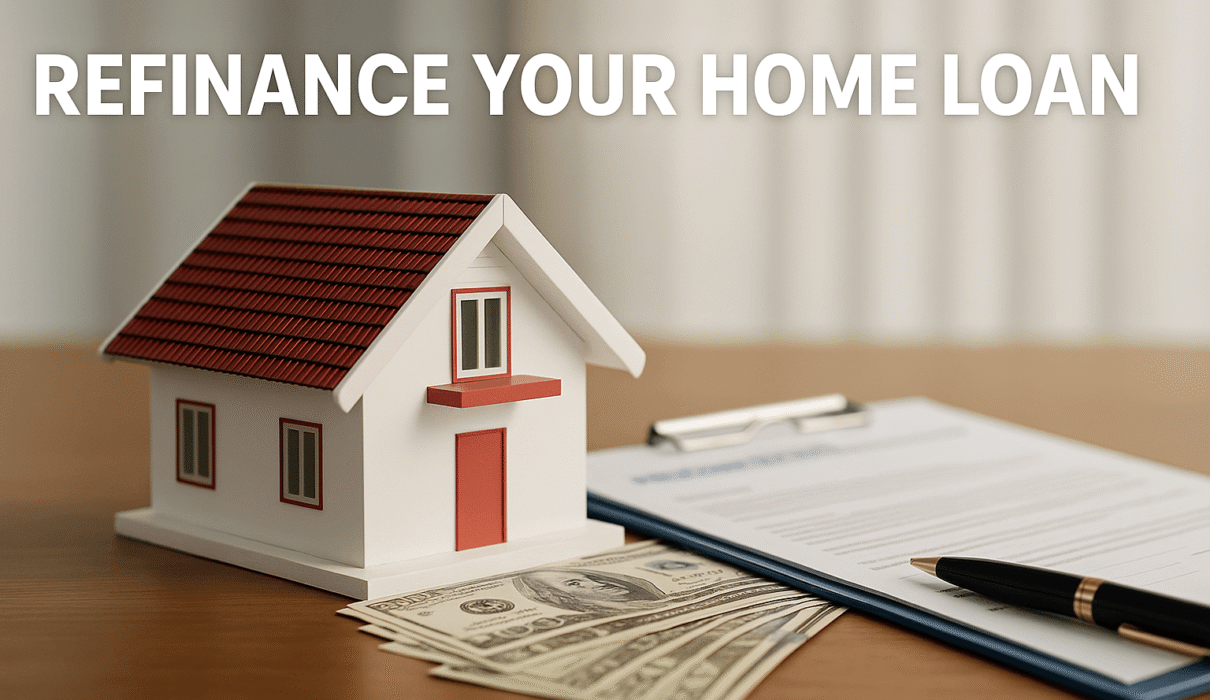As a Canadian homeowner, you’ve likely heard about the benefits of refinancing your home loan, but the process can feel overwhelming. Interest rates fluctuate, life circumstances change, and your mortgage might no longer suit your financial goals. Refinancing your home loan offers a chance to adjust your mortgage terms, save money, or tap into your home’s equity. In this guide, I’ll walk you through everything you need to know about refinancing in Canada, sharing practical tips and clear steps to help you make an informed decision.
With over a decade of experience helping Canadians navigate mortgage options, I’ve seen firsthand how refinancing can transform financial situations. Whether you’re looking to lower your monthly payments, consolidate debt, or fund a major life event, refinancing your home loan could be the key. Let’s break it down in a way that feels like a conversation with a trusted friend.
What Does It Mean to Refinance Your Home Loan?
Refinancing your home loan means replacing your existing mortgage with a new one, typically with different terms. This could involve a lower interest rate, a different loan term, or accessing the equity you’ve built in your home. In Canada, homeowners refinance for various reasons, such as:
- Lowering monthly payments by securing a better interest rate or extending the loan term.
- Consolidating high-interest debt, like credit cards or personal loans, into a single, lower-rate mortgage payment.
- Accessing home equity to fund renovations, investments, or major expenses like education or a wedding.
- Switching mortgage types, such as moving from a variable-rate to a fixed-rate mortgage for more predictability.
Refinancing your home loan isn’t just about getting a new mortgage—it’s about aligning your mortgage with your current financial needs. But how do you know if it’s the right move? Let’s explore.
When Should You Refinance Your Home Loan?
Timing is everything when it comes to refinancing your home loan. Here are five scenarios where refinancing might make sense for Canadian homeowners:
- Interest Rates Have Dropped
If market interest rates are lower than when you first got your mortgage, refinancing could save you thousands over the life of your loan. For example, dropping from a 5% to a 3.5% rate on a $400,000 mortgage could reduce your monthly payment by hundreds of dollars. Check current rates with your lender or a mortgage broker to see if the savings outweigh the costs. - Your Financial Situation Has Changed
Life doesn’t stand still, and neither should your mortgage. If your income has increased, you might want to shorten your loan term to pay off your mortgage faster. Conversely, if you’re facing financial strain, extending the term could lower your monthly payments, giving you breathing room. - You Want to Consolidate Debt
High-interest debt, like credit cards charging 19% or more, can drain your finances. Refinancing your home loan allows you to roll that debt into your mortgage at a much lower rate, often below 4%. This can simplify your payments and save you significant interest over time. - You Need Cash for Big Expenses
If you’ve built equity in your home, refinancing can unlock that cash for things like home renovations, starting a business, or funding your child’s education. In Canada, you can typically refinance up to 80% of your home’s appraised value, minus any existing mortgage balance. - Your Mortgage Term Is Ending
When your mortgage term ends (e.g., after a 5-year fixed-rate term), you’ll need to renew or refinance. This is a perfect opportunity to shop around for better terms or adjust your mortgage to fit your current goals.
But refinancing isn’t always the answer. If you’re close to paying off your mortgage or face high prepayment penalties, the costs might outweigh the benefits. Let’s dive into the pros and cons.
Pros and Cons of Refinancing Your Home Loan
Before you refinance your home loan, weigh the advantages against potential drawbacks. Here’s a clear breakdown:
Pros:
- Lower Interest Rates: A reduced rate can save you thousands over the life of your loan.
- Access to Equity: Use your home’s value to fund major expenses or investments.
- Debt Consolidation: Combine high-interest debts into one affordable payment.
- Flexible Terms: Adjust your mortgage term or type to better suit your needs.
- Potential Tax Benefits: If you use the equity for income-producing investments, interest may be tax-deductible (consult a tax professional).
Cons:
- Refinancing Costs: Fees like appraisal costs, legal fees, and discharge fees can add up, typically ranging from $1,500 to $3,000.
- Prepayment Penalties: Breaking your current mortgage early could trigger penalties, especially with fixed-rate mortgages.
- Longer Loan Term: Extending your term to lower payments may increase the total interest paid over time.
- Risk of Overborrowing: Accessing too much equity can lead to financial strain if not managed carefully.
To decide if refinancing your home loan is worth it, calculate the break-even point—how long it takes for the savings to cover the costs. A mortgage broker or online calculator can help.
How to Refinance Your Home Loan in Canada: A Step-by-Step Guide
Ready to refinance your home loan? Follow these practical steps to make the process smooth and stress-free:
- Assess Your Financial Goals
Ask yourself why you want to refinance. Are you aiming to lower payments, consolidate debt, or access equity? Clear goals will guide your decisions and help you choose the right mortgage terms. - Check Your Credit Score
Lenders use your credit score to determine your eligibility and interest rate. In Canada, a score of 680 or higher typically qualifies you for the best rates. Check your score for free through services like Borrowell or Equifax, and address any issues before applying. - Research Current Mortgage Rates
Shop around for the best rates by comparing offers from banks, credit unions, and mortgage brokers. Websites like Ratehub.ca or LowestRates.ca provide a snapshot of what’s available. Even a 0.5% difference can save you thousands. - Calculate Costs and Savings
Estimate refinancing costs (e.g., legal fees, appraisal fees) and compare them to your potential savings. If you plan to stay in your home long enough to break even, refinancing is likely worthwhile. - Gather Required Documents
Lenders will need proof of income (pay stubs, T4s), property details, and your current mortgage statement. Having these ready speeds up the application process. - Apply for Refinancing
Submit your application through your chosen lender or broker. A broker can negotiate on your behalf and access rates from multiple lenders, saving you time and money. - Get a Home Appraisal
Most lenders require an appraisal to confirm your home’s current value, especially if you’re accessing equity. Appraisals typically cost $300-$500. - Review and Sign the New Mortgage Agreement
Once approved, review the terms carefully. Work with a lawyer to finalize the paperwork and ensure everything aligns with your goals. - Start Enjoying the Benefits
After closing, your new mortgage takes effect. Use the savings or equity wisely to achieve your financial objectives.
5 Expert Tips for Refinancing Your Home Loan Successfully
As someone who’s helped countless Canadians refinance their home loans, I’ve learned a few tricks to maximize your success. Here are my top tips:
- Work with a Mortgage Broker
Brokers have access to a wide range of lenders, including those not available through big banks. They can find you competitive rates and terms tailored to your needs, often at no cost to you. - Avoid Stretching Your Budget
When accessing equity, only borrow what you can comfortably repay. Create a budget to ensure the new mortgage payments fit your lifestyle. - Consider a Shorter Term If Possible
If your finances allow, opt for a shorter term to pay off your mortgage faster and save on interest. For example, a 15-year term versus a 25-year term can shave tens of thousands off your total cost. - Negotiate Fees Where Possible
Some lenders may waive or reduce fees like appraisals or legal costs to win your business. Don’t be afraid to ask for a better deal. - Plan for the Long Term
Refinancing your home loan should align with your broader financial plan. If you’re planning to move in a few years, the costs might not justify the savings. Think about your goals for the next 5-10 years.
Common Questions About Refinancing Your Home Loan
To wrap things up, let’s address some questions I often hear from Canadian homeowners:
Q: Will refinancing hurt my credit score?
A: Applying for a new mortgage involves a hard credit check, which may temporarily lower your score by a few points. However, timely payments on your new mortgage can boost your score over time.
Q: Can I refinance with the same lender?
A: Yes, but shop around first. Your current lender may offer competitive terms to keep your business, but other lenders might have better deals.
Q: How much equity can I access?
A: In Canada, you can refinance up to 80% of your home’s value, minus your remaining mortgage balance. For example, if your home is worth $500,000 and you owe $200,000, you could access up to $200,000 in equity.
Q: Are there penalties for breaking my mortgage early?
A: Possibly. Fixed-rate mortgages often have prepayment penalties, calculated as the greater of three months’ interest or the interest rate differential (IRD). Variable-rate mortgages typically have lower penalties, around three months’ interest.
Take the Next Step Toward Refinancing Your Home Loan
Refinancing your home loan can be a powerful tool to save money, manage debt, or achieve your financial dreams. By understanding the process, weighing the pros and cons, and following expert advice, you can make a decision that works for you. Start by checking your credit score, researching rates, and reaching out to a trusted mortgage broker to explore your options.
Have you refinanced your home loan before? Share your experience in the comments below, or let me know if you have questions—I’m here to help! For more personalized advice, visit RateCanada.ca to compare rates and lenders today.


